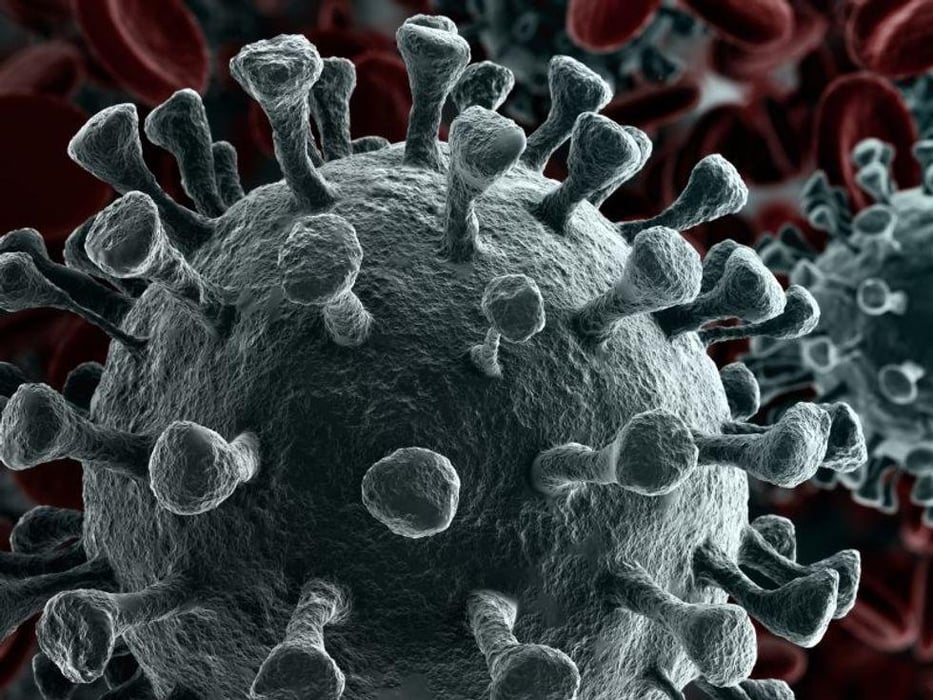AI Model Predicts Which Animal Viruses Are Likely to Jump to Humans

THURSDAY, Sept. 30, 2021 (HealthDay News) -- Artificial intelligence (AI) might be able to spot the next virus to jump from animals to humans, Scottish researchers report.
Identifying diseases before they become a threat to humans is challenging, because only a few of the nearly 2 million animal viruses can infect humans. By developing machine learning models, researchers can analyze genetic patterns of viruses that might infect people.
"Our findings show that the zoonotic potential of viruses can be inferred to a surprisingly large extent from their genome sequence," the researchers at the University of Glasgow reported. "By highlighting viruses with the greatest potential to become zoonotic, genome-based ranking allows further ecological and virological characterization to be targeted more effectively."
The researchers said the models are only a first step in identifying animal viruses with the potential to infect humans, however. Viruses flagged by the models will need laboratory test confirmation before researchers pursue funding for further study.
Although these models may predict if viruses might infect humans, that's only one part of the broader risk. Zoonotic risk is also influenced by how destructive a virus is in humans, as well as its ability to transmit between people, and ecological conditions at the time of human exposure.
The findings were published online Sept. 28 in the journal PLoS Biology.
Co-author Simon Babayan of the Institute of Biodiversity at the University of Glasgow said these findings add important information to that gleaned from genetic sequencing of viruses using AI techniques.
"A genomic sequence is typically the first, and often only, information we have on newly discovered viruses, and the more information we can extract from it, the sooner we might identify the virus' origins and the zoonotic risk it may pose," he said in a journal news release.
"As more viruses are characterized, the more effective our machine learning models will become at identifying the rare viruses that ought to be closely monitored and prioritized for preemptive vaccine development," Babayan added.
More information
To learn more about viruses, visit the U.S. National Human Genome Research Institute.
SOURCE: PLoS Biology, news release, Sept. 28, 2021
Related Posts
El aumento de muertes alrededor de la edad de jubilación es la razón detrás del estancamiento de la esperanza de vida en EE.UU.
JUEVES, 12 de octubre de 2023 (HealthDay News) -- La esperanza de vida de los...
AHA News: Confused About Carbs? This Might Help
FRIDAY, Aug. 11, 2023 (American Heart Association News) -- If you get cross-eyed...
Volume-Based Compensation Most Common Incentive for Doctors
MONDAY, Feb. 14, 2022 (HealthDay News) -- The most common base compensation...
El Papa Francisco sigue hospitalizado con una infección respiratoria
JUEVES, 30 de marzo de 2023 (HealthDay News) -- El Papa Francisco seguirá...
